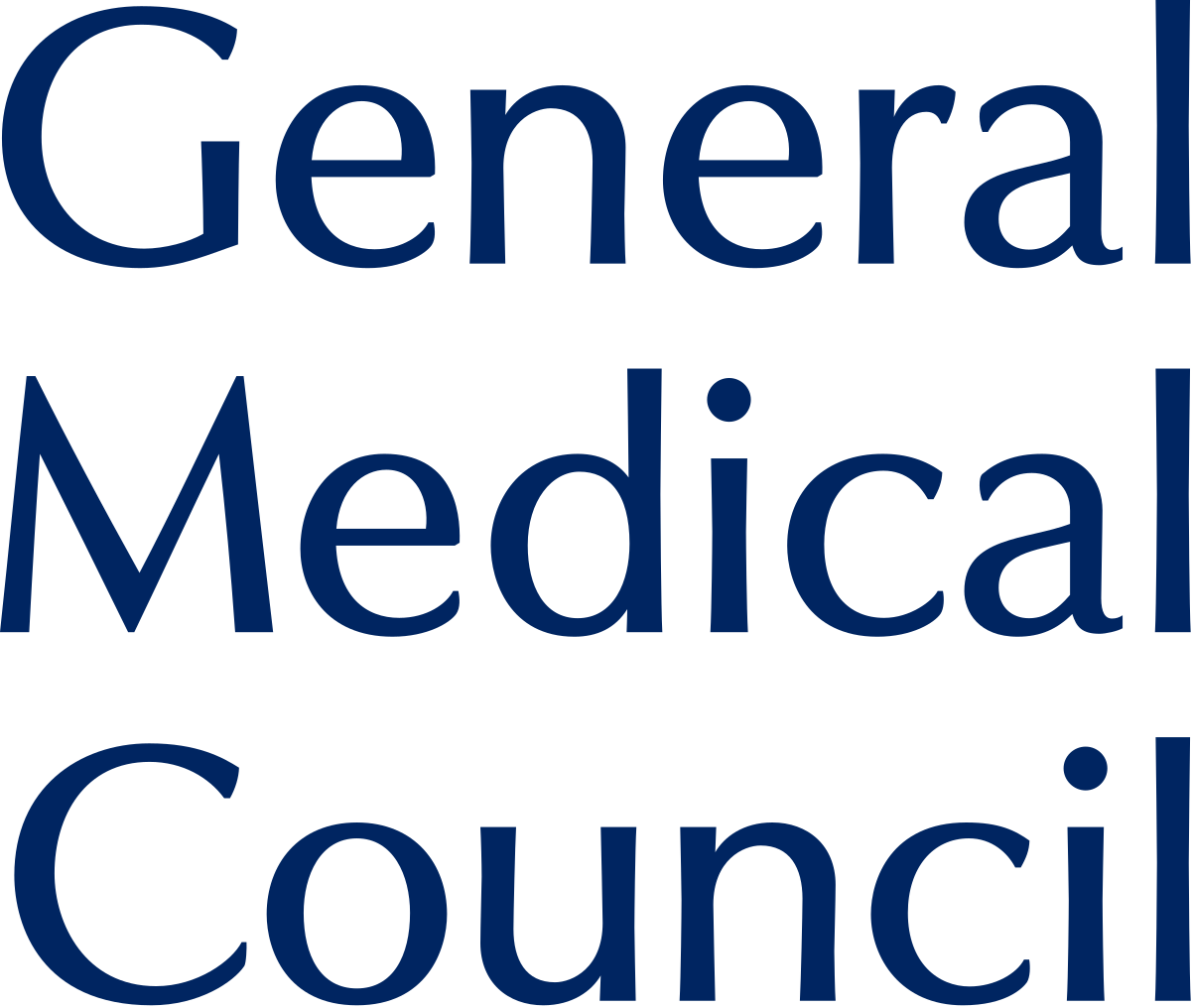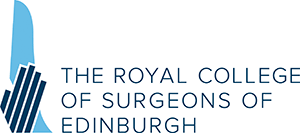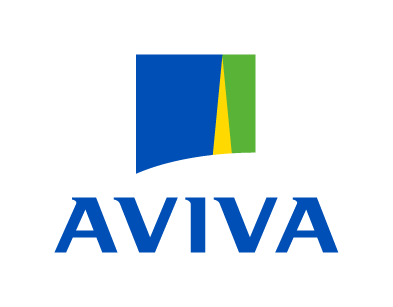Prominent Ear Correction
Prominent ear correction treatment, also known as otoplasty or pinnaplasty, involves changing the shape, size or position of the ears
What is prominent ear correction treatment?
It is important to note that prominent ear correction will not change the location of the ear, or change your ability to hear in any way.
There are several different types of prominent ear correction, including ear pinning, which draws ears which 'stick out' closer to the head, and ear reduction, which reduces the size of the ears for people with macrotia (a condition characterised by the ears being larger than normal).
Am I a good candidate for prominent ear correction?
You might be suitable for prominent ear correction if your ears are large in comparison to your head; your ears stick out significantly from your head; your ears appear to be asymmetrical, or you are dissatisfied with an ear surgery undergone previously
During the consultation, Mr Chummun will take a full medical history and assess if you are suitable for this type of surgery. He will discuss the type of surgery that is most appropriate for you and the risks that are involved.
During the surgery
The surgical technique which is used will depend on the type of prominent ear correction which you are having. A dumbbell shaped incision is made at the back of the ear and internal sutures are used to recreate the fold of the ear and bring the ear closer to the head. In some cases, skin and cartilage are excised to achieve the desired shape and size. The skin at the back of the ear is then closed with dissolvable sutures.
Results are immediate, and you are likely to notice a change in the appearance of the ears from the moment your bandages are taken off.
Recovery from prominent ear correction
Following the treatment, your ears will be covered in bandages for their support and protection. Feeling itching and a mild level of discomfort is normal, and you can take pain medication as advised by your doctor.
It is usually recommended to sleep on your back during the recovery period, in order to take the pressure off the ears. It is also advisable to avoid rubbing or placing force on the incisions.
Your bandages will be removed one week after the procedure. You will normally be asked to wear a loose headband in bed, helping to prevent the ears being 'pulled' forward when you roll over in bed. You will be advised to avoid any strenuous exercise and contact sports for six weeks.
Get in touch
If you have any queries or would like to book an appointment, please use the contact form or get in touch via call or email.








